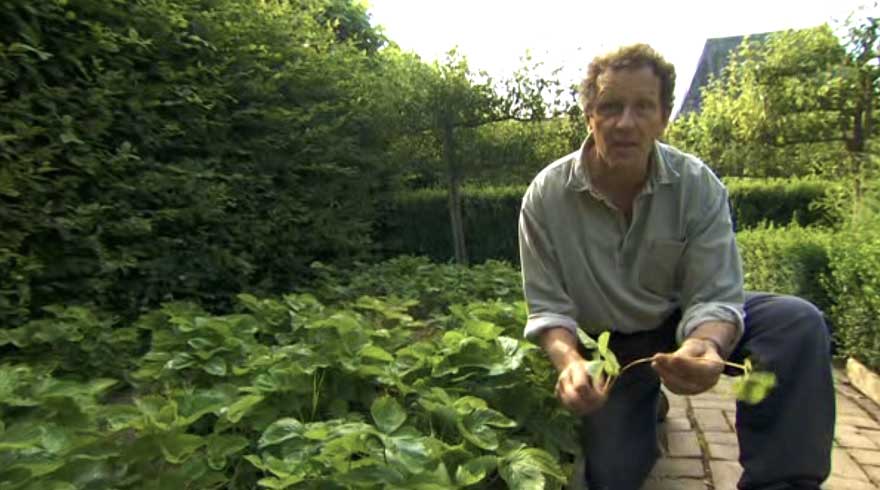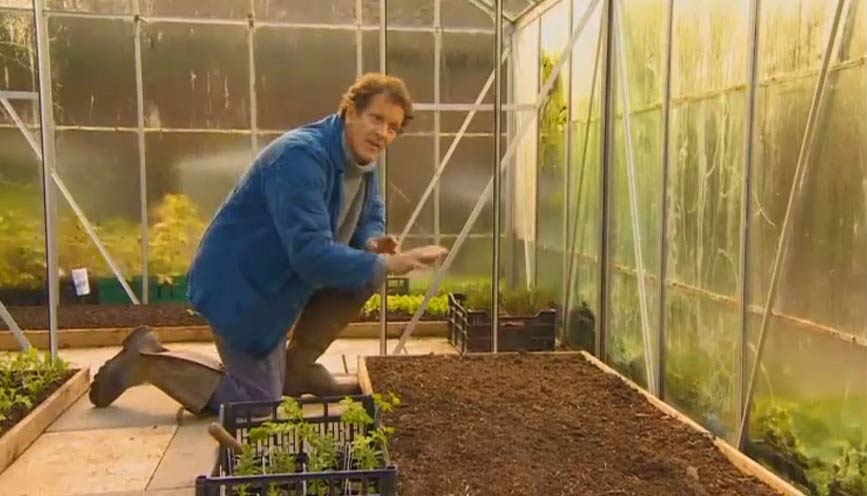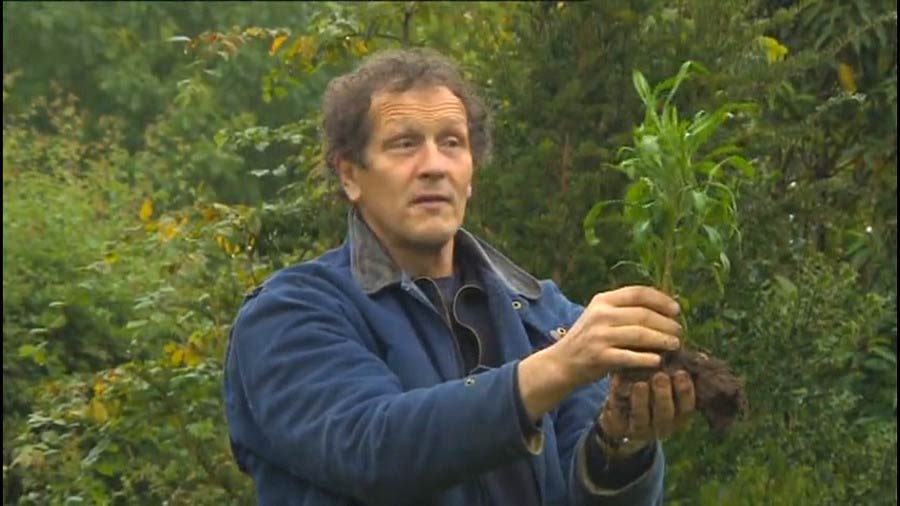Gardeners World episode 18 2012: As the garden reaches an abundance of growth in August, it is the pond, hedges and edges of the garden which are the focus of attention.
In the pond, the growth of algae is at its height, so Monty recommends some plants which will eventually improve the quality of the water and help to prevent this unwelcome growth. He also gets going on cutting the hedges and mowing areas of the garden where the grass has been left to grow, so that the wildflowers can seed themselves ready for next year’s display.
Joe visits a garden on a Welsh mountainside and finds out how the owner has risen to the challenging topography, frequent torrential downpours and often waterlogged site, and made a lush, colourful and verdant garden.
And at Glebe Cottage, Carol answers viewers’ queries about the proliferation of slugs and snails in our gardens this year. She recommends some plants we can add to our gardens which molluscs won’t be so keen to munch on.
Gardeners World episode 18 2012
Slugs
Slugs are persistent and widespread pests which can cause havoc in the garden, eating holes in leaves, stems, flowers, tubers and bulbs. They can cause damage throughout the year on a wide range of plants, but seedlings and new growth on herbaceous plants in spring are most at risk.
Slugs are gastropods; single-shelled, soft-bodied animals in the mollusc group of animals. Slugs can use their rasping tongues to make holes in leaves, stems, buds, flowers, roots, corms, bulbs and tubers of many plants. There are many control options available for slugs and snail but despite this they remain a persistent pest.
Hedges – pruning
Hedges require formative pruning on planting, plus maintenance trimming to keep them within bounds. Pruning times vary depending on the type of hedge. New hedges require formative pruning for their first couple of years after planting. Formative pruning is usually carried out in winter or early spring.
After this, maintenance trimming is carried out, usually once a year for informal hedges and twice a year for formal hedges. Some formal hedges may need three cuts a year. Maintenance trimming is generally carried out between spring and summer. Timing of pruning should take into account the potential for nesting birds (see ‘Problems’ section below) and be delayed until after the nesting season – considered to run from March to August – if there are any signs that indicate activity.




